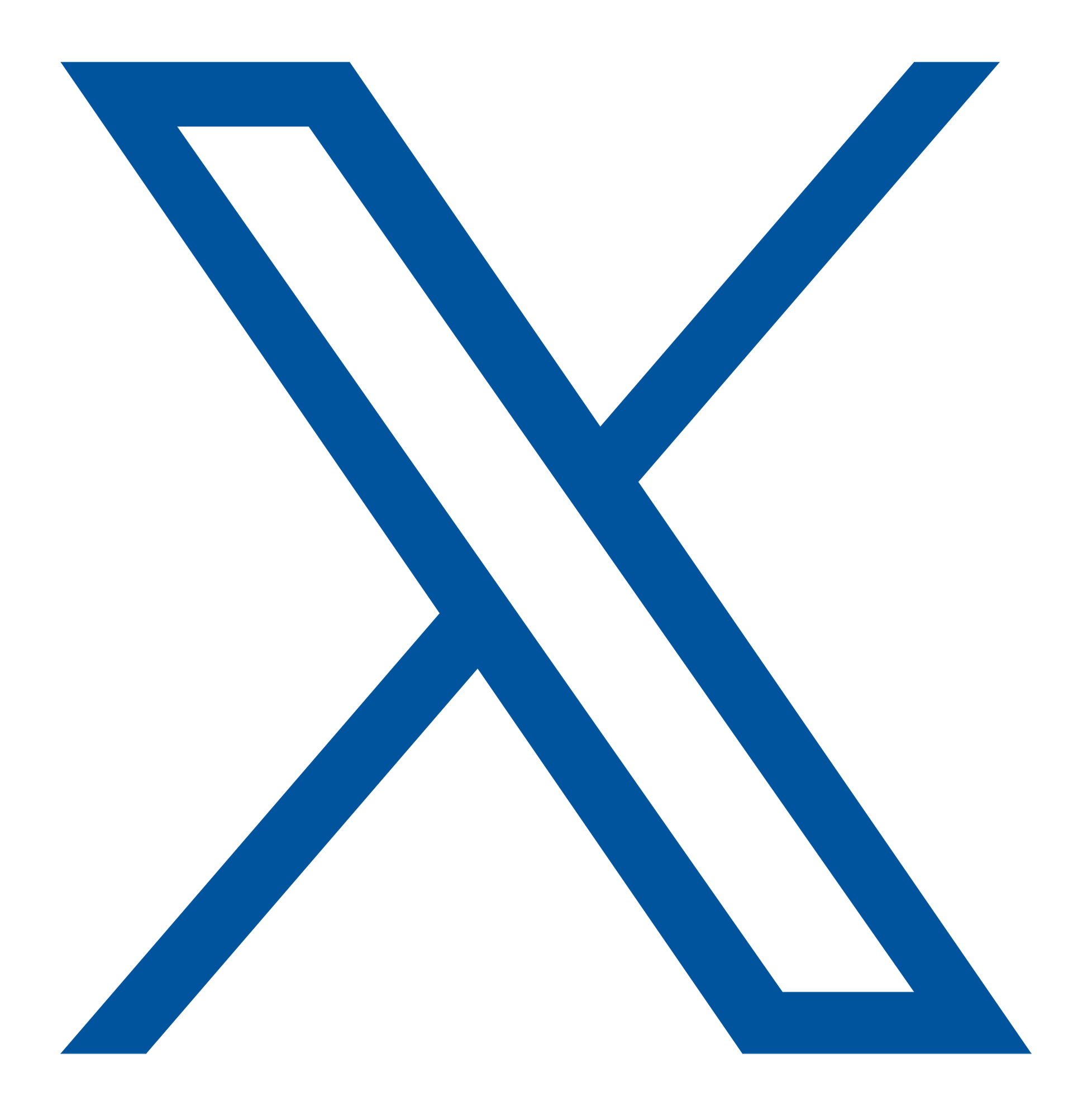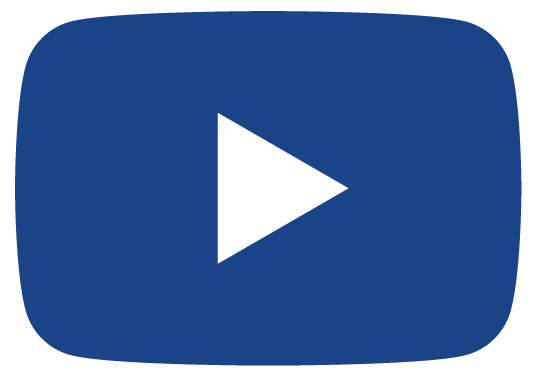After evaluating your organizational structure and asking essential questions about the need to establish a more remote workforce, it’s time to think about the big question… How are you going to effectively hire, attract, onboard and keep people in this remote environment? According to Sharon Emek, Ph.D., CIC, and founder and CEO of Work At Home Vintage Experts (WAHVE), once your hiring strategy and recruiting process is in place, you’ll want to turn to applicant selection, interviews, and onboarding.
Rethink Your Applicant Selection Process
When rethinking your applicant selection process, Ms. Emek says it is essential to reflect on what you use to determine applicants to interview. Are you biased in the reviewing of resumes? If you’re unsure, ask yourself if you use the same questions for each candidate. If not, you may be showing bias during your interview process. Other essential questions: how are you determining soft skills and culture? Do you have too many interviews?
Selecting Applicants to Interview
In selecting applicants to interview, create a blind hiring process. This can best be done through the use of an ATS, or Applicant Tracking Software. An ATS helps organizations to maintain a talent pool, communicate with applicants, funnel and rank applicants with the matching required skills, and decide on the number of top-ranked resumes.
Ms. Emek recommends selecting and ranking critical hard skills for the position after determining the relative importance of hard skills, cognitive ability, soft skills, and culture fit. To make the process bias-free, redact candidate names, names of colleges, and the year graduated from resumes. You can also use a reference check software service to confirm employment history, and to use cognitive, personality, and emotional intelligence assessments for soft skills and mental ability.
Best Interview Practices
In the interview process, Ms. Emek recommends four steps: the audition, the first interview, the second interview, and the post-interview process.
Auditioning should be blind; use conference calls without video to reduce bias.
First interviews should also be blind, structured with behavior-based questions that look for a good fit with company culture. During this initial interview, applicants should be provided with a realistic preview of the job.
The second interview is where a video conference becomes acceptable, and once again, questions should be structured.
In the post-interview process, ensure to codify the different weights for hard skills, soft skills, and other characteristics.
Onboarding Best Practices
There are a variety of actions you can take to improve the onboarding experience,
starting with something as simple as a company tour. While many of us are working
remotely right now, using technology to conduct a tour of the company can be an essential aspect of onboarding–
Ms. Emek also suggests other ways to get the most from onboarding:
- Create videos. Whether a welcome message from the CEO, an onboarding guide video, virtual employee introductions, or how-to videos, videos go a long way towards acclimating new employees to your company and culture.
- A strong mentorship and training program can also help facilitate smooth onboarding. For example, select a mentor for new employees to shadow, and use Zoom for remote shadowing. This can be difficult in a fully remote culture, but it’s an important step to help employees feel welcome.
- Ensure consistent communication. Communicate with new hires prior to the start date and use regular check-ins over the first 3 months after. Use a polling tool that sends out an email or text asking the new hire to rate how their day was.
- Reinforce company culture. Highlight company values, history, and why it’s a great place to work.
- Define what success looks like on the job. Have new hires outline key performance goals.
- Send an onboarding gift.
- Have get-togethers.
- Use video when conferencing rather than phones.
Final Thoughts
Finally, Ms. Emek suggests using video conferencing to train; don’t allow avatars; schedule virtual lunch meetings; create after hour virtual mixers, and create a video showing the ideal home office setup.
AAIS can attest that these strategies work. As an organization with a distributed workforce even before the pandemic started, we learned how to excel at remote hiring and onboarding. These strategies and steps are essential to a successful, modern organization. Before new hires are needed, it is important to strengthen your hiring and onboarding practices, to ensure better results in the future.


